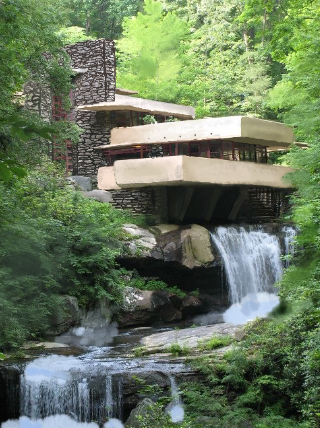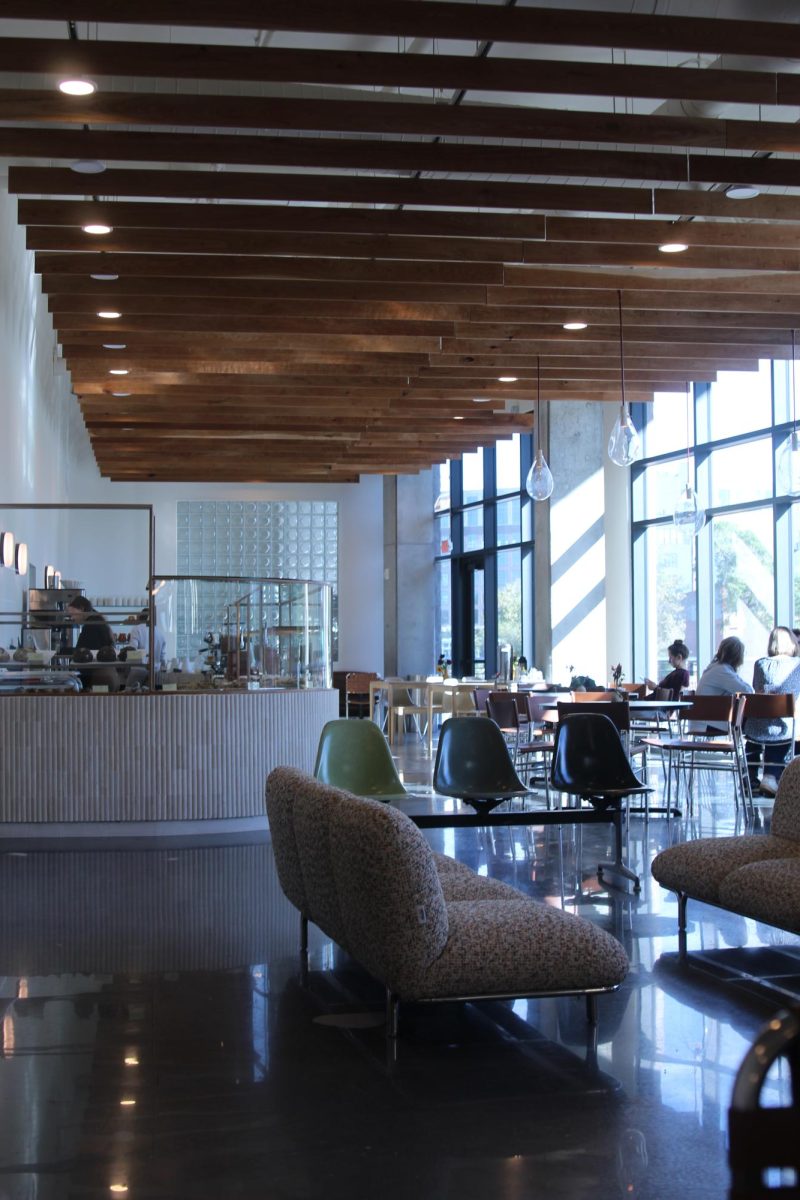
Architecture is an art form consisting of meticulous engineering and design that has existed since ancient times. Architecture took root with structures such as earthen mounds, megaliths and stone circles like Stonehenge.
World-renowned architects such as Frank Lloyd Wright, Zaha Hadid, Antonio Gaudi and Norman Foster have all left a lasting impact on the past and future of architecture. Frank Lloyd Wright created over 1,000 different homes in his lifetime while mainly sticking to the prairie, Art Deco and mid-century modern style. His most famous creation is the home “Fallingwater” in the Laurel Highlands of southwest Pennsylvania. In her lifetime Zaha Hadid has designed 950 projects in 44 countries, she became famous for her intensely futuristic style characterized by curving façades, sharp angles and severe materials such as concrete and steel. Antonio Gaudi is most famously known for his attention to small details and his use of ceramics, stained glass, ironwork and carpentry. Finally, Norman Foster is most known for his creation of the Apple headquarters in Cupertino, California and designing the Willis Faber and Dumas headquarters.
While Frank Lloyd Wright made over 1,000 houses in his lifetime, there are only 4oo houses remaining as a result of the others being torn down due to the need for more room to establish newer developments. Out of all his homes, there are only 29 that can be toured. Frank Lloyd Wright’s house “Fallingwater” built in 1936 is the most visited among the 29 because of its construction over a waterfall and the beautiful forested area surrounding the masterpiece. This home is one of the most pristine examples of Wright’s organic architecture philosophies. What made Frank Lloyd Wright stand out from other famous architects was his constant pushing of the boundaries in his field and his determination to embrace new technologies and tactics.
A current ongoing form of architecture designed by Antonio Gaudi, the Sagrada Familia cathedral in Barcelona has been under construction since March 19th of 1882. This cathedral has cost around $27,000,000 per year to build. While it is impossible to estimate the total costs of construction over the years; it is known that the Basilica has never received public or even church funding. The first plan had been to finish the work on the Basilica in 2026, but it has been pushed back due to the COVID-19 pandemic. Yet the work on sculptures, decorative details and the stairway leading to what will eventually be the main entrance is expected to continue until 2034. The Sagrada Familia consists of stained glass windows, an altar, chapels, naves and columns. Sagrada Familia’s exterior consists of spires, tall roofs, carved walls, and large windows.
The architect Zaha Hadid is most famously known for her radical deconstructivist designs. She was part of a generation of architects who both redefined and invented the forms that would characterize contemporary design. Zaha Hadid was also one of the first women to be awarded the Pritzker Architecture Prize, in 2004. Her most well-known structure is the Heydar Aliyev Centre located in the Cultural Center in Baku, Azerbaijan. Hadid’s architecture stands out from other buildings because her style embraces striking lines, sometimes bold with expressive curves; other times brutalist in essence. While Hadid has designed 950+ structures, she only ever designed 2 residential homes which have both remained out of view from the public eye.
Norman Foster’s work is often sleek, modern and high-tech; creating cinematic backdrops to everyday life. He gained fame in the early 1970s as the architect of the Willis Faber and Dumas headquarters, in Ipswich, England. This structure is an eco-friendly, open-plan building that was advanced for its time. Foster and others designed what is currently the Apple headquarters which was given the nickname “the spaceship.” Completed in 2017, it is a large ring that serves as the largest Apple product to ever exist not for technology, but rather as an architectural monument. In the middle of this structure is a 30-acre circular courtyard featuring a pond with fruit trees and winding pathways inspired by California fruit orchards.
While each architect has their erratic style, it is through these differences that new ideas and developments are formed. Without these impressionable impacts left by famous architects from the past, present and future, these unique styles and choices would not have affected our world of design and creativity, meaning some of the historical structures and landscapes would have never been possible.









